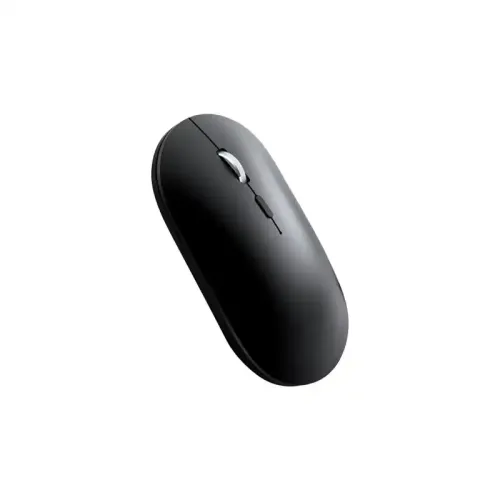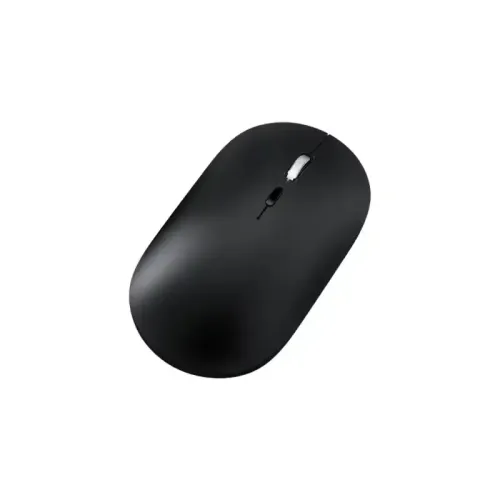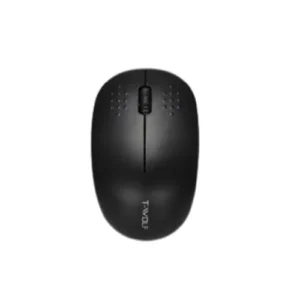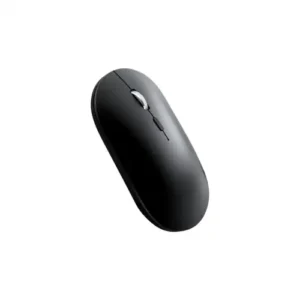Understanding the Specifications and Main Features of Wireless Keyboards
Wireless keyboards operating on the 2.4G frequency bring several key specifications and features that cater to a broad range of users. Typically, these keyboards contain between 80 to 110 keys, depending on the layout design, with the most common being the standard QWERTY layout. The inclusion of function keys, multimedia keys, and additional programmable keys enhances the overall functionality, allowing users to tailor their experience based on individual needs.
One of the significant advantages of wireless keyboards is their convenience and flexibility. Using a 2.4G wireless connection eliminates the clutter of cables, enabling users to work from a distance without being tethered to their devices. This is particularly advantageous in office environments and home setups where space optimization is crucial. Users can enjoy a clean desk space while still maintaining a strong connection with their devices, as 2.4G technology ensures a stable signal even at a distance.
Another essential aspect worth considering is the ergonomics of wireless keyboards. Many models are designed to support natural hand positioning, reducing strain during prolonged usage. Various shapes, sizes, and layouts provide options for different user preferences. Some keyboards also offer an adjustable tilt or wrist support, aiming to enhance comfort throughout extended typing sessions.
Moreover, customization options further increase the appeal of wireless keyboards. Users can often find models featuring backlighting, customizable keycaps, and software that allows remapping keys and configuring macros. Such features cater not only to casual users but also to gamers and professionals seeking greater efficiency and personalization in their devices. Overall, understanding these specifications and main features sheds light on why wireless 2.4G keyboards remain a popular choice in the contemporary tech landscape.
Customization: The Role of 3 Programmable Buttons in Wireless Keyboards
Wireless 2.4G keyboards have revolutionized the way users interact with their devices, offering notable enhancements in customization, particularly through the inclusion of three programmable buttons. These buttons serve as vital tools that allow users to personalize their keyboard experience by assigning specific tasks or shortcuts to each button. This capability not only streamlines workflows but also significantly enhances overall productivity.
Common uses for these programmable buttons vary widely, catering to different user needs. For instance, many users opt to program buttons to launch frequently used applications, such as web browsers, email clients, or document editors. This quick access reduces time spent navigating through menus, thereby facilitating a more efficient workflow. Additionally, gamers often utilize these programmable buttons for executing commands rapidly within games, such as activating special abilities or switching weapons instantaneously.
Programming these buttons typically involves user-friendly software that accompanies most wireless 2.4G keyboards. The software enables users to assign functions effortlessly and can often be customized to fit individual preferences. Once installed, the customization process allows for simple drag-and-drop actions or dropdown menus where users can select the desired function. Some software even offers advanced features, such as setting macros or adjusting the timing of commands, which can be particularly useful in gaming or professional environments where speed and precision are paramount.
This level of customization makes wireless keyboards accessible and beneficial not only to gamers but also to professionals and casual users. By tailoring the keyboard to individual needs, users can enjoy a more engaging and efficiently productive experience, whether tackling daily tasks or enjoying recreational activities.






